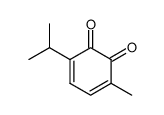89-83-8
| Name | thymol |
|---|---|
| Synonyms |
6-Isopropyl-3-methylphenol
6-Isopropyl-m-cresol 3-methyl-6-isopropyl-phenol 5-methyl-2-(propan-2-yl)phenol MFCD00005869 Thyme camphor Phenol, 5-methyl-2-(1-methylethyl)- 2-isopropyl-5-methylphenol 5-methyl-2-(1-methylethyl)phenol 1-methyl-4-isopropyl-3-hydroxybenzene Isopropyl cresol 3-p-Cymenol EINECS 201-944-8 5-methyl-2-propan-2-ylphenol THYMOL 2-Isopropyl-5-methyl-phenol Thymic acid 5-Methyl-2-isopropylphenol 1-hydroxy-2-isopropyl-5-methylbenzene |
| Description | Thymol is the main monoterpene phenol occurring in essential oils isolated from plants belonging to the Lamiaceae family, and other plants such as those belonging to the Verbenaceae, Scrophulariaceae, Ranunculaceae and Apiaceae families. Thymol has antioxidant, anti-inflammatory, antibacterial and antifungal effects[1]. |
|---|---|
| Related Catalog | |
| References |
| Density | 1.0±0.1 g/cm3 |
|---|---|
| Boiling Point | 233.0±0.0 °C at 760 mmHg |
| Melting Point | 48-51 °C(lit.) |
| Molecular Formula | C10H14O |
| Molecular Weight | 150.218 |
| Flash Point | 102.2±0.0 °C |
| Exact Mass | 150.104462 |
| PSA | 20.23000 |
| LogP | 3.28 |
| Vapour Pressure | 0.0±0.4 mmHg at 25°C |
| Index of Refraction | 1.523 |
| Storage condition | Store at RT. |
| Stability | Stable. Incompatible with strong oxidizing agents, organic materials, strong bases. |
| Water Solubility | 0.1 g/100 mL (20 ºC) |
CHEMICAL IDENTIFICATION
HEALTH HAZARD DATAACUTE TOXICITY DATA
MUTATION DATA
|
| Symbol |



GHS05, GHS07, GHS09 |
|---|---|
| Signal Word | Danger |
| Hazard Statements | H302-H314-H411 |
| Precautionary Statements | P273-P280-P303 + P361 + P353-P304 + P340 + P310-P305 + P351 + P338-P391 |
| Personal Protective Equipment | dust mask type N95 (US);Eyeshields;Faceshields;full-face particle respirator type N100 (US);Gloves;respirator cartridge type N100 (US);type P1 (EN143) respirator filter;type P3 (EN 143) respirator cartridges |
| Hazard Codes | C:Corrosive |
| Risk Phrases | R22;R34;R51/53 |
| Safety Phrases | S26-S28-S36/37/39-S45-S61-S28A |
| RIDADR | UN 3261 8/PG 3 |
| WGK Germany | 2 |
| RTECS | XP2275000 |
| Packaging Group | III |
| Hazard Class | 8 |
| HS Code | 29071900 |
| Precursor 9 | |
|---|---|
| DownStream 8 | |
| HS Code | 2907199090 |
|---|---|
| Summary | 2907199090 other monophenols VAT:17.0% Tax rebate rate:9.0% Supervision conditions:none MFN tariff:5.5% General tariff:30.0% |


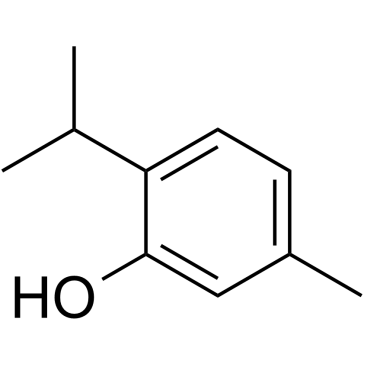

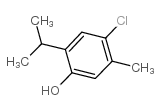
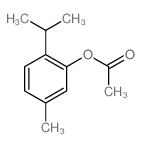
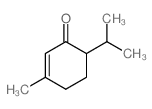



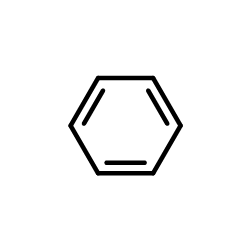
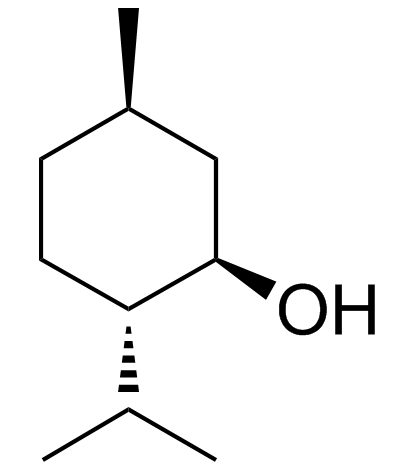
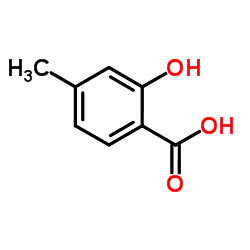
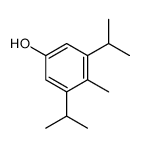
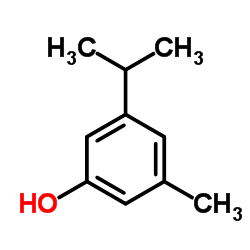
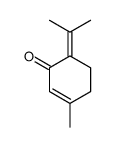
![Bicyclo[3.1.0]hex-3-en-2-one,4-methyl-1-(1-methylethyl)- structure](https://image.chemsrc.com/caspic/250/24545-81-1.png)


